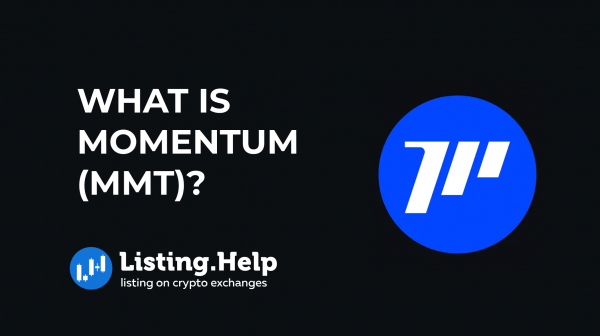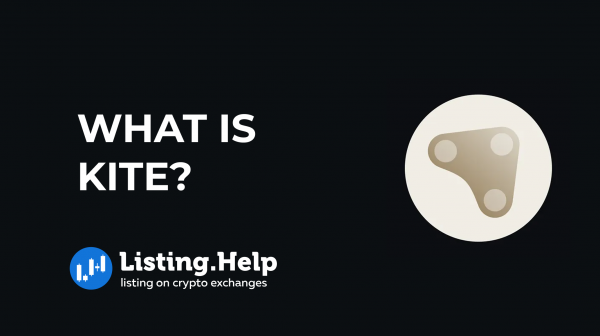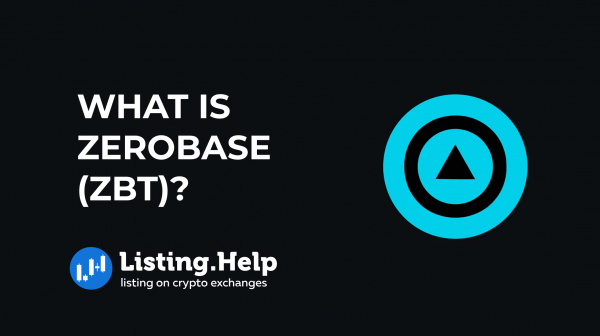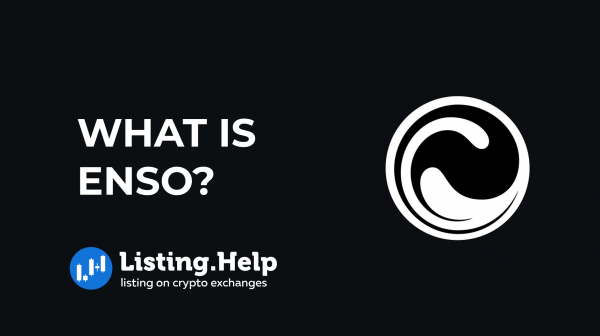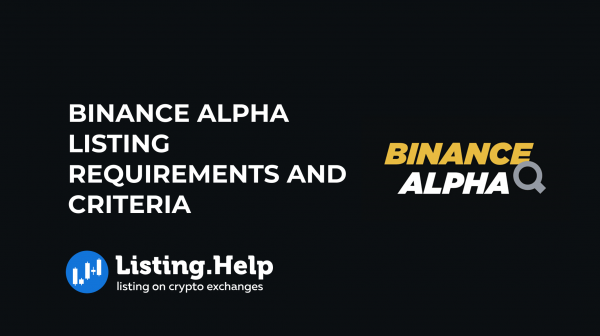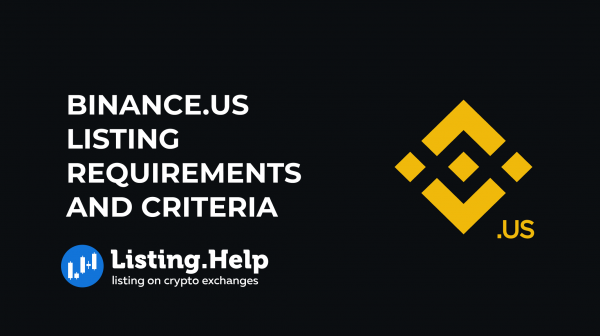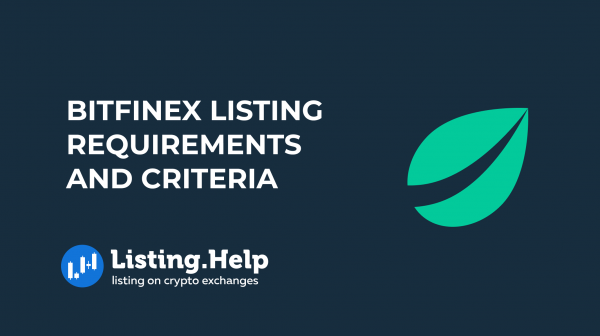What is Raydium (RAY)?
 February 2, 2025
February 2, 2025 Updated: February 5 2025, 04:32
Updated: February 5 2025, 04:32
LEAVE A REQUEST
Launching your own token project? Our experts are ready to help with listing on exchanges, market making, marketing and other solutions
SUBMIT APPLICATIONRaydium, built on the Solana blockchain, is a significant player in the decentralized finance (DeFi) landscape. It operates as an automated market maker (AMM) and a decentralized exchange (DEX), enabling users to trade, supply liquidity, and earn various rewards.
Launched in 2021, Raydium has gained recognition for its integration with Serum—a decentralized order book protocol. This collaboration offers a strategic advantage over typical AMMs, making Raydium stand out in the DeFi space. Its success is largely attributed to Solana’s high-speed transactions and low fees, which improve the overall trading experience.
Who Created Raydium?
The development team behind Raydium is known by their pseudonyms. AlphaRay, who oversees strategy and business development, comes from an algorithmic trading background in the commodities sector. XRay is responsible for Raydium’s technology, while GammaRay, StingRay, and RayZor contribute across marketing, trading, and security.
The team began exploring decentralized finance (DeFi) solutions in mid-2020, identifying gaps in existing systems. They aimed to develop an innovative AMM that could address these challenges, eventually forming a partnership with Serum.
Key Features of Raydium
Raydium combines the strengths of an AMM with the features of a centralized order book. Unlike conventional AMMs that rely solely on liquidity pools for trade execution, Raydium integrates directly with Serum’s order book. This connection allows Raydium to tap into a larger liquidity pool and provide more competitive prices for users.
Leveraging Solana’s infrastructure, Raydium benefits from quick transaction speeds and low costs. Solana’s capacity to handle thousands of transactions per second makes Raydium a solid option for traders and liquidity providers (LPs) seeking efficiency and scalability.
Core Features:
- Fast Transactions: Raydium utilizes Solana’s network to execute trades quickly, handling thousands of transactions per second with minimal delays.
- Low Fees: Solana’s low transaction costs make Raydium more cost-effective compared to platforms like Ethereum.
- Deep Liquidity: Through its integration with Serum, Raydium gains access to a shared liquidity pool, resulting in better pricing and less slippage.
- User-Friendly Interface: The platform provides an accessible interface for trading, farming, and participating in token launches.
How Does Raydium (RAY) Work?
Traditional exchanges, such as stock markets, use centralized order books to match buy and sell orders. The order book lists buy orders on one side and sell orders on the other, facilitating trade by pairing market makers (sellers) with market takers (buyers). Serum, the decentralized exchange Raydium supports, uses smart contracts to manage this order-matching process.
Liquidity Pools (LPs)
Blockchain technology and DeFi have introduced automated market makers (AMMs) and liquidity pools as new methods of trading. AMMs like Raydium enable users to trade assets against a pool of tokens provided by liquidity providers. These liquidity pools act as the counterparty for trades, executing buy and sell orders directly against the pool.
Uniswap, built on Ethereum, was one of the first platforms to popularize the AMM model. Raydium chose to build on Solana to overcome the limitations faced by Ethereum-based AMMs, such as high gas fees, slower transaction times, lack of limit orders, and fragmented liquidity.
In addition to its core exchange functionality, Raydium offers “dual reward farming.” This feature allows liquidity providers to earn extra yield on their LP tokens as a reward for supplying assets to liquidity pools. Users can also stake their RAY tokens to earn additional rewards from platform trading fees.
Raydium and Serum
Raydium integrates its automated market maker (AMM) with Serum’s order book to leverage the advantages of both systems while addressing their limitations. This setup allows traders to access liquidity from Raydium’s AMM or Serum’s order book, creating a more efficient and cost-effective decentralized trading experience.
When users provide liquidity to Raydium’s pools, their tokens are automatically converted into limit orders on Serum’s order book, making them available for anyone to trade against. During a swap, Raydium checks prices across both its AMM and Serum’s order book, ensuring that trades are executed at the most favorable rate.
RAY Token
RAY is the core token of the Raydium ecosystem, serving multiple functions within the platform:
- Governance: Holders can vote on proposals that shape the future of the protocol.
- Rewards: Liquidity providers and yield farmers earn RAY as an incentive for contributing to the platform.
- Staking: Users can stake RAY to earn rewards or participate in governance decisions.
The token’s distribution model is designed to encourage long-term involvement while ensuring fair reward allocation. Out of a total supply of 555 million tokens, only a portion is currently in circulation, with the rest reserved for ecosystem growth, team incentives, and staking rewards.
New tokens are released gradually to prevent inflation, with the rate of distribution slowing over time. In some cases, token burning may be implemented to reduce supply, increasing scarcity and potentially enhancing value. These mechanisms support the platform’s long-term sustainability while keeping user incentives aligned with its growth.
Raydium supports a growing number of tokens within the Solana ecosystem. If a project wants to list its token, it must evaluate how much it costs to list a token on different exchanges. While some DEXs have minimal fees, centralized exchanges may charge significant listing fees, requiring careful financial planning.

For more insights and updates on the crypto world, don’t forget to check out our blog at Listing.Help




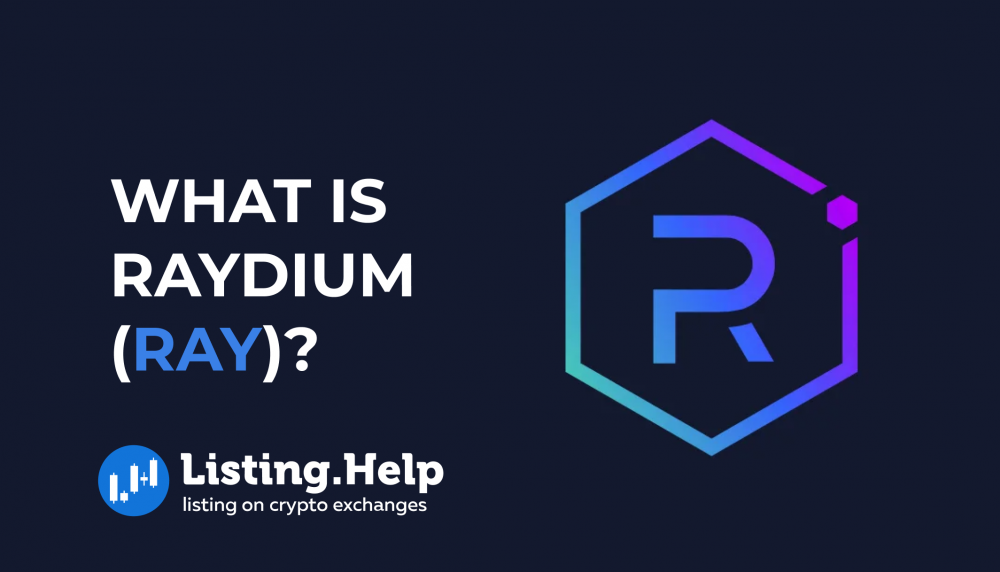

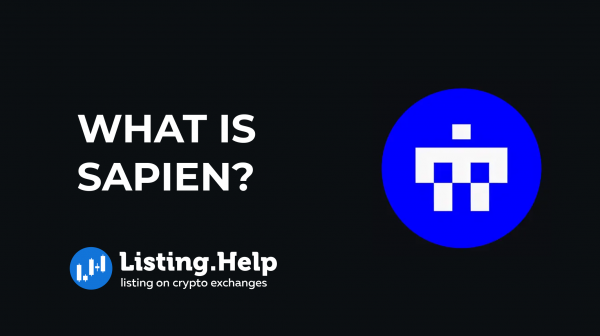
 December 15, 2025
December 15, 2025 
